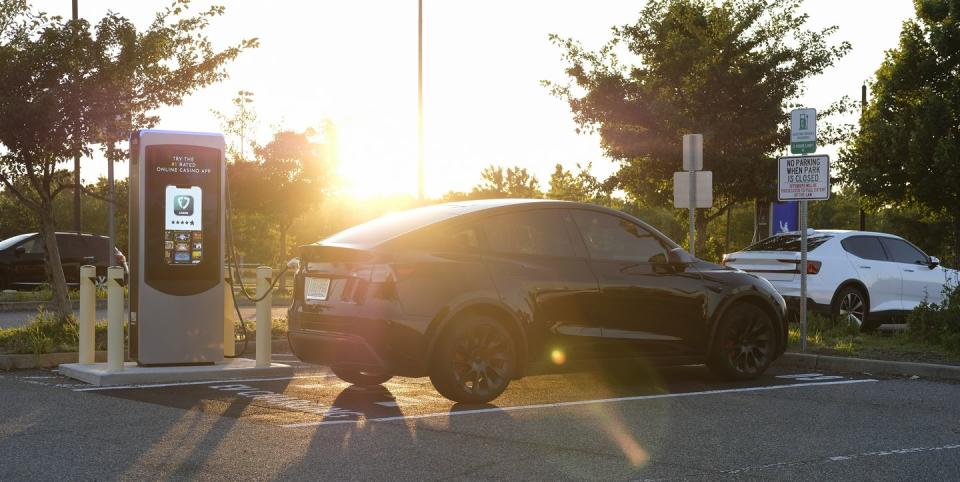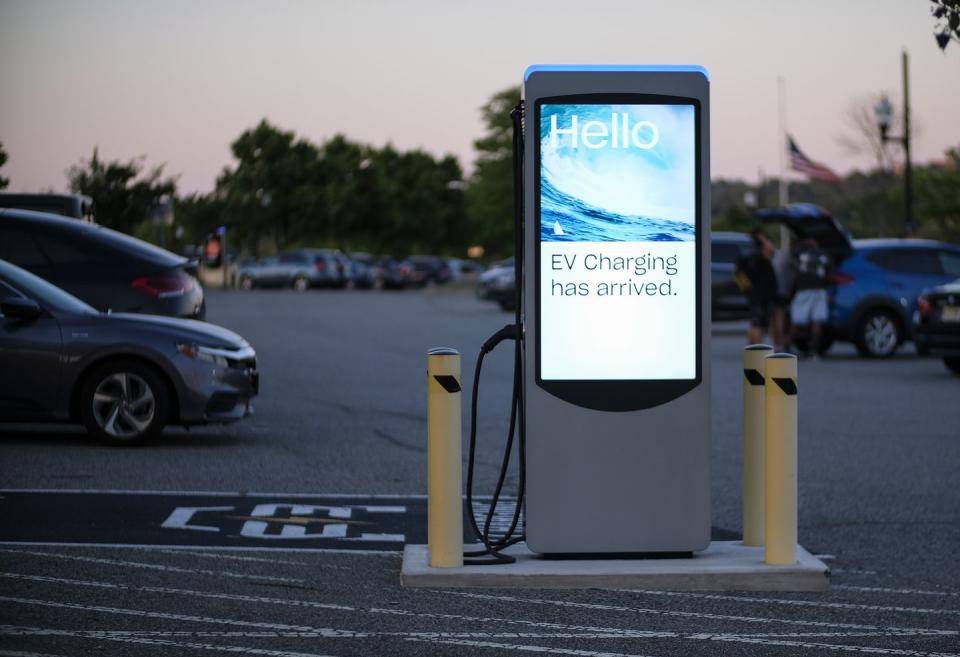Should Other States Follow California’s 2035 ZEV Goal?

The state of California has recently adopted administrative rules that will mandate the sales of gas- and diesel-engined cars and light trucks to be phased out by 2035, with several interim steps between now and 2035.
The state of Washington has adopted legislation earlier this year that will see sales of gas-engined cars and light trucks phased out by the year 2030.
Action by a number of states to promote zero-emission vehicles face multiple obstacles, including EV infrastructure, the costs of EVs, and pressure from auto dealer groups, with efforts to phase out sales of internal combustion vehicles likely to occur solely on a state-by-state basis.
Just a few days ago the California Air Resources Board (CARB) rolled out the long-awaited framework for the state to effectively phase out the sales of new gas- and diesel-engined cars and light trucks by 2035, following Governor Gavin Newsom's 2020 executive order. The regulations, which had already sparked no shortage of debate, were revealed in what is a tumultuous time in the auto industry and the world, as several automakers race to field electric vehicles, with a number of prominent auto giants still seemingly on the fence. CARB's rules were also revealed against a backdrop of increased climate debate that has become more urgent in the past two years, between Newsom's initial announcement and the present day, when California is dealing with the effects of rapidly accelerating drought.
"This plan's yearly targets—35 percent ZEV sales by 2026, 68 percent by 2030, and 100 percent by 2035—provide our roadmap to reducing dangerous carbon emissions and moving away from fossil fuels," California Governor Gavin Newsom said. "That's 915 million oil barrels' worth of emissions that won't pollute our communities."
As radical as CARB's mandate may seem, it's worth recalling that the state of Washington has already adopted a more ambitious goal to phase out the sales of internal combustion-engined vehicles by the year 2030, doing so via legislative action. Earlier this year Washington Governor Jay Inslee signed into law the state's Clean Cars 2030 law, part of a larger Move Ahead Washington bill, that sets up a path for the state to phase out the sale of gas- and diesel-engined cars and light trucks, while also expanding the state's EV infrastructure.
That means California isn't alone in its climate goals—and it's not even the most ambitious US state in this regard.
“With the historic $10 billion we're investing to accelerate the transition to ZEVs, we're making it easier and cheaper for all Californians to purchase electric cars," Newsom added. "California will continue to lead the revolution towards our zero-emission transportation future."

What about 48 other states that haven't adopted similar goals, either via legislative action, an executive order, or administrative rulemaking? The year 2030 will surely be a strange time to find oneself shopping for a car on the Washington-Oregon border.
As critics of Washington's and California's plans tend to point out, the rates of EV adoption in these states—as high as they are compared to the national average—are still nowhere near the 25% mark, where one in four new car purchases would be electric. The frameworks adopted by these two states would have to close that gap by double-digit gains almost every year to achieve all-ZEV sales by 2030 and 2035. That's a target at which some automakers are rolling their eyes, even ones with EVs in their lineups. The two states' plans are also happening against a backdrop of steady but not quick, by global standards, expansion of EV infrastructure and related grid work.
If there is one other element that these states' zero-emission plans tend to demonstrate, it's that such rules in the US will be adopted purely on a state-by-state basis between now and... the year 2100, absent some sort of sweeping federal legislation that will cement uniform goals across all 50 states (plus Puerto Rico and the District of Columbia). Does that seem like an extremely likely scenario, to be successfully implemented by the EPA?
If anything, it appears likely that between now and 2035 we'll see vastly different goals emerge in some states, usually on the two coasts, while rural states with traditionally cheap gasoline will maintain the status quo.
If there is any consolation to those who fear the above scenario, the actual offerings of European, Japanese, American, and South Korean automakers are likely to dictate what is sold in dealerships in 2030, even though most automakers plan to still offer their internal combustion models in other countries, thereby refusing to set a hard date for their departure.
Still, are California and Washington's goals something other states should seek to adopt between now and 2035, and are the plans of these two states still too hasty, or not ambitious enough? Let us know in the comments below.


 Yahoo Autos
Yahoo Autos 